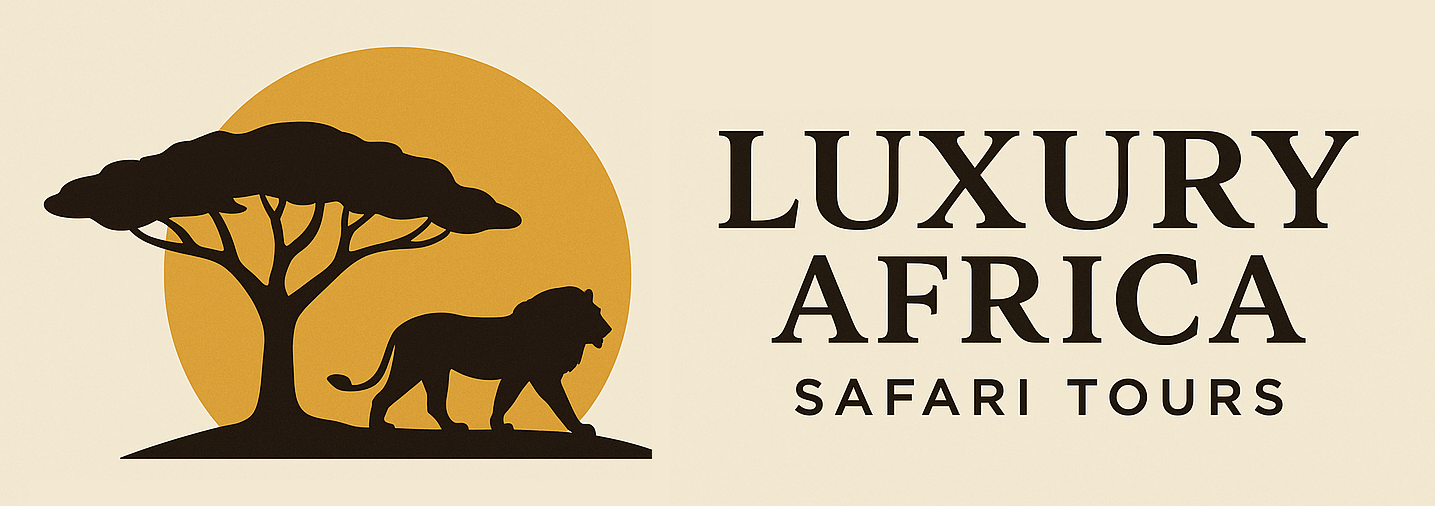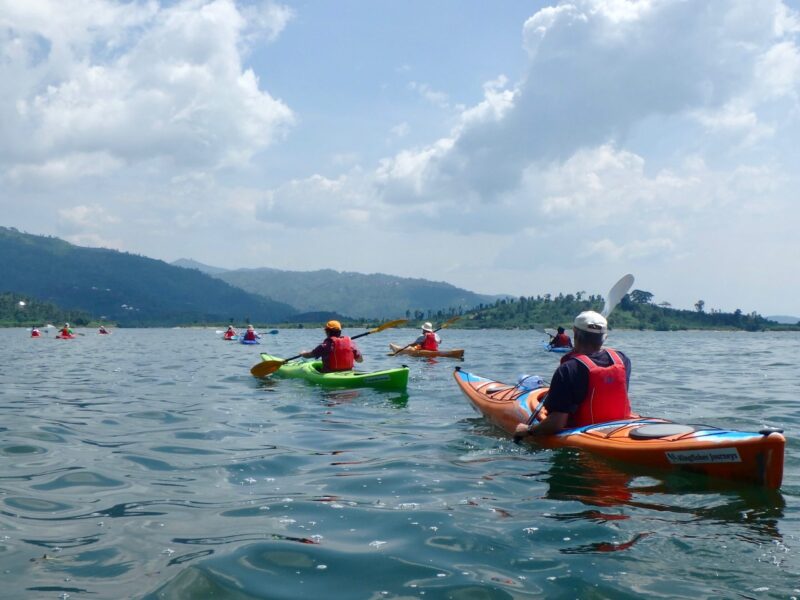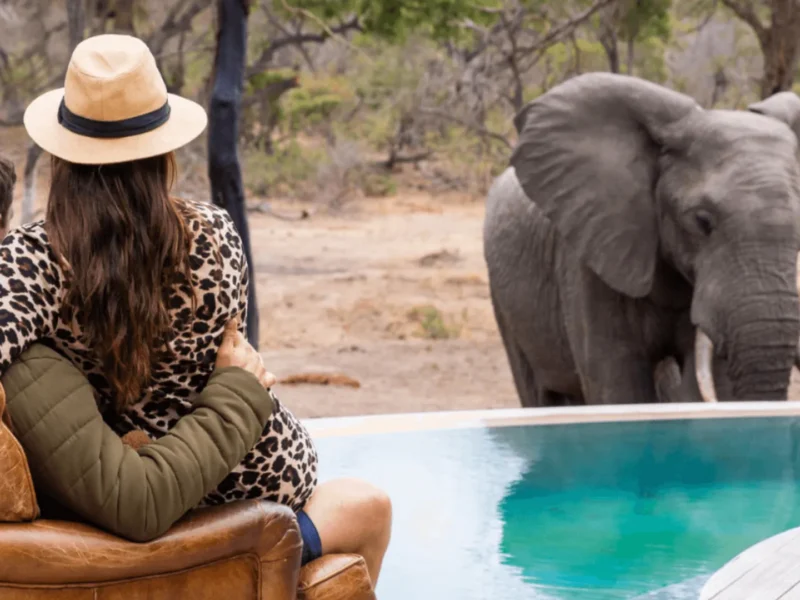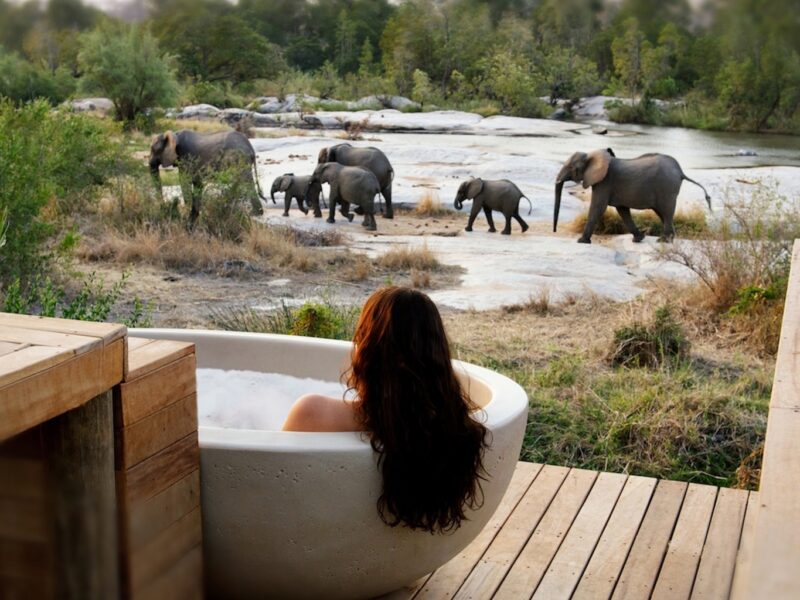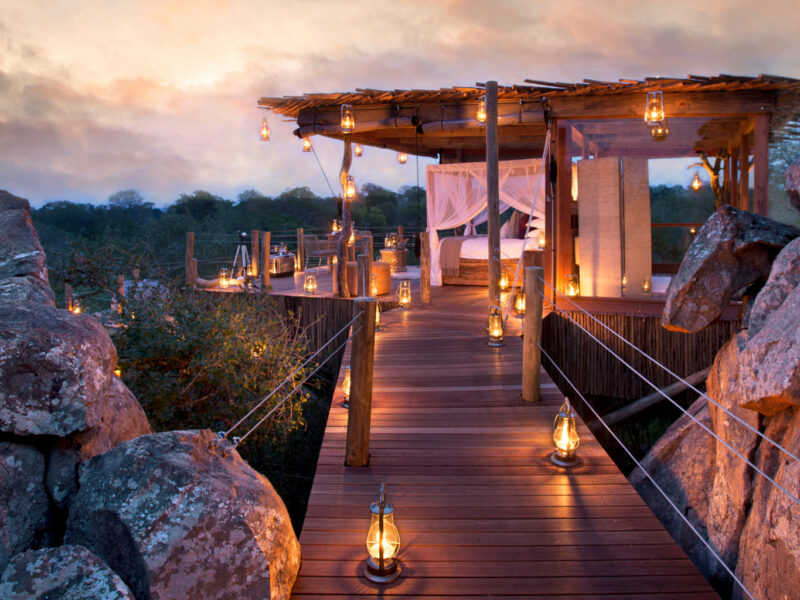Best Camera Equipment for an African Safari
Choosing the best camera equipment for an African safari is all about balancing portability, versatility, and the ability to capture wildlife in stunning detail—often from a distance.
The query, “What is the best camera to take on safari?” has no simple solution. Simply said, we prefer to see animals first person than via the camera lens. We do, however, know how crucial it is to have some fantastic images of your safari. That is why we have sought guidance from well-known photographers Will Burrard-Lucas and Marc Muench on what tools to bring on an African safari.
Will and Marc discuss their suggestions here with us and provide some tips on how to capture the ideal safari shot:
What kind of camera do you like best?
Nikon Camera, Safari Photography Tools, Guide Clinic
Though I also increasingly employ mirrorless cameras in my work, I use a DSLR. Historically, DSLRs have had the widest choice of lenses and the best performance in terms of autofocus speed and image quality. But, in the last year or so, Sony’s newest mirrorless cameras have begun to rival the performance of the high-end Canons and Nikons. Sony is also quickly releasing new lenses, and my justifications for continuing to use a DSLR are dwindling. Mirrorless’s benefits are that they are smaller, quieter, and in the future will be faster than DSLRs.
All of my safari photography is done using Nikon DSLR gear, says Marc Muench. Occasionally, for extremely particular images, I have utilized a GoPro.
Julian Carter-Manning: “I love light cameras, which I can use as a city camera for weekend getaways as well as on safari rather effortlessly. Though I would be the first to acknowledge I am an amateur photographer with considerably less knowledge and skills than the professionals on this blog, the mirrorless cameras suit me nicely. The new iPhone X boasts amazing image quality for such a compact, simple-to-use camera, so I would also advise consumers to bring their iPhone with them.
Which camera brand do you like best?
Canon Cameras, Safari Photography Tools, Guide Clinic
WBL: “I use both Sony and Canon. Though both companies are quite good, I shoot with Canon instead of Nikon solely because I am totally committed in their lens system. Whatever I’m shooting with, I prefer to shoot with a full frame sensor, so Sony is the obvious choice for my mirrorless system.
MM: “Nikon is my preferred camera brand.”
JCM: “Superb are Sony Mirrorless cameras. I was a Canon guy before I switched to Sony.
What lens should no African safari photographer forget?
Canon Lenses, Safari Photography Tools, Guide Clinic
WBL: “The lens I suggest most often is the Canon 100-400 version II or the new Sony 100-400 for the FE mount. Should you be shooting Nikon, I understand the 200-500 is decent. A 400mm focal length is ideal for safari for me. Though not particularly flexible, I personally use a 400mm f/2.8 prime lens, which provides excellent image quality and low light performance. That is why I typically carry a second camera body with a 70-200mm on hand as well.
Every safari photographer should have a telephoto zoom lens, such 100-400mm or 200-500mm, MM. These focal lengths are essential to catch the action happening within a particular range from the cars. Sometimes the animals are farther away, but most of the activity occurs between 200-400mm away.
JCM: “Once more, I’m a Sony fan, so the FE 4/70-200 is ideal for me; but, anything with a long lens—300 or even a 400—is as good as it gets.”
Which one camera would you advise our client to bring on safari?
Andersson’s Camp, Etosha National Park, Namibia – Camera Equipment
WBL: “This depends on money and how much you want to bring along. The Sony Cyber-Shot RX10 IV is my recommendation should you not desire the inconvenience of changing lenses. Should you desire a DSLR—especially if you already own a variety of Canon or Nikon lenses—I would suggest either the Canon 7D mk ii or the Nikon D500. The Canon 1dx mk ii or the Nikon d850 would be my choice if you want to achieve maximum performance. Should your money allow, I would acquire the new Sony A7 iii or the Sony A9 for a mirrorless system.
MM: “This truly relies on their wish for image quality. Micro 4/3 format cameras like the Olympus and Panasonic are the most efficient safari camera systems. On the other hand, the full frame sensor DSLR systems are the ones with greatest picture quality. Size and weight are the two systems’ greatest distinctions. Especially when taking into account the reduced size and weight of the telephoto zoom lenses, the micro 4/3 systems can be more than half the weight of a DSLR.
JCM: “The Sony A7 Mirrorless. With a decent lens, it produces excellent images as well as great video content; it’s amazing and simple to use.
Our ‘Top 10’ suggestions for ideal safari photography
Remember the fundamentals: ensure your battery is charged, your memory cards have enough space, and you have a spare of every one. Though it may seem absurd, many excellent photographs have been missed due to these basic errors.
Cut your frame into nine equal portions with imaginary lines both horizontally and vertically; composition deserves your attention. The picture’s focus point should be on one of the four intersections of these lines. Ensure also that your subject has room in the picture to gaze into instead of away from.
A beanbag will let you choose the camera up to catch flying birds and other action images while also helping you to remain steady under low light conditions.
Get down low; get as near to eye level with your subject as you can, or occasionally even lower. It makes your subject pop by lessening the backdrop distraction. Secondly, it offers a fascinating perspective we usually don’t see from, which automatically draws the audience in.
Don’t be afraid of space; with a large zoom at your disposal, it may be tempting to ignore it, but try to photograph some of the creatures’ habitat as well.
Keep your finger on the trigger; cameras on laps or in bags have caused numerous potentially award-winning photographs to be missed!
Keep an eye out for fascinating behavior; the really amazing photos are ones that show fascinating behaviors and interactions. First award goes to those who catch many species engaging in anything fascinating.
Be cautious about chopping off feet concealed in grass or the tips of horns and ears; don’t sever your subjects’ body parts. This frequent error can also take place when animals are running fast and you are attempting to pan along with them.
When attempting to photograph a subject in silhouette, lower your exposure to -1 or -2. This will make your subject black and highlight any vivid hue in the sky, hence producing an ideal contrast.
Spend as much money as you can on your lens; with lenses, you get what you pay for. Spend as much as you can on your lens if you desire clear, sharp photos. You will feel guilty at first, but once you see your photos you will forget this horrible emotion!
At Adventure In The Wild Safaris, we’ve partnered with Africa Photographic Services so that you can rent photography equipment stress free in destinations like South Africa, Zambia, and Botswana. So if you don’t own a decent camera or don’t have space for all your gear, you can enjoy this service by contacting our experts on +256775218880 or sending us an email at info@luxuryafricasafaritours.com
